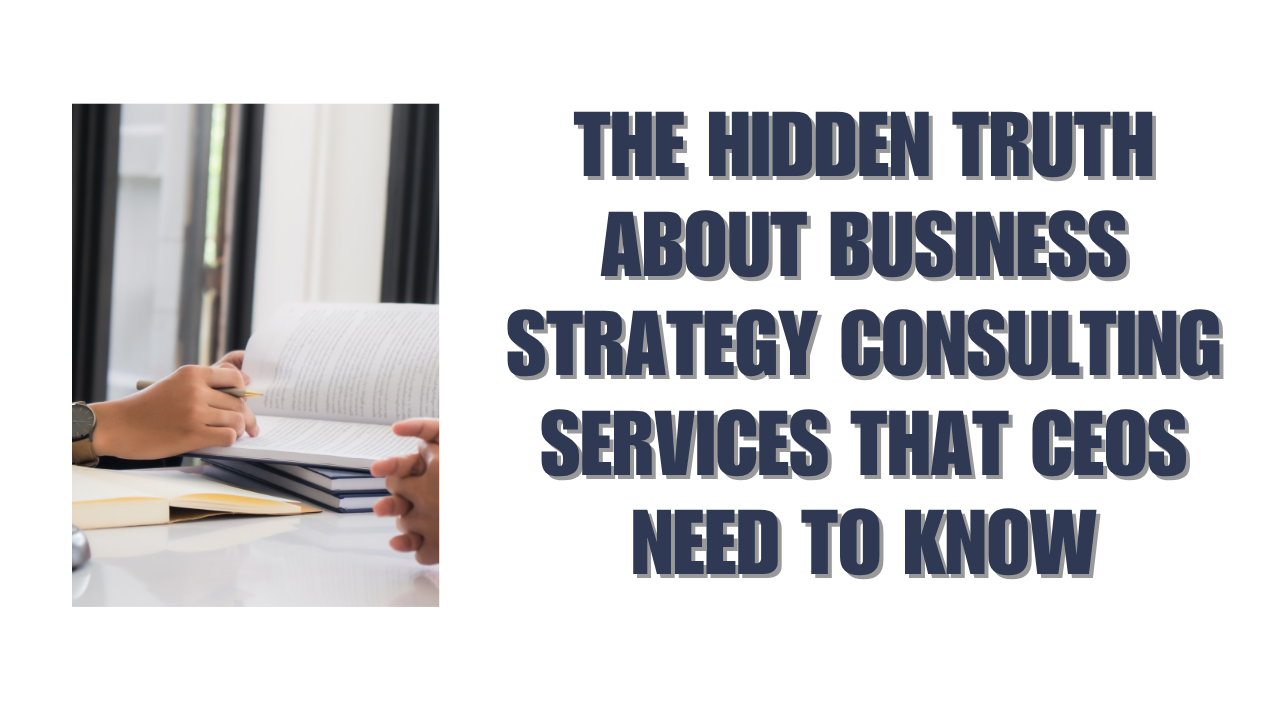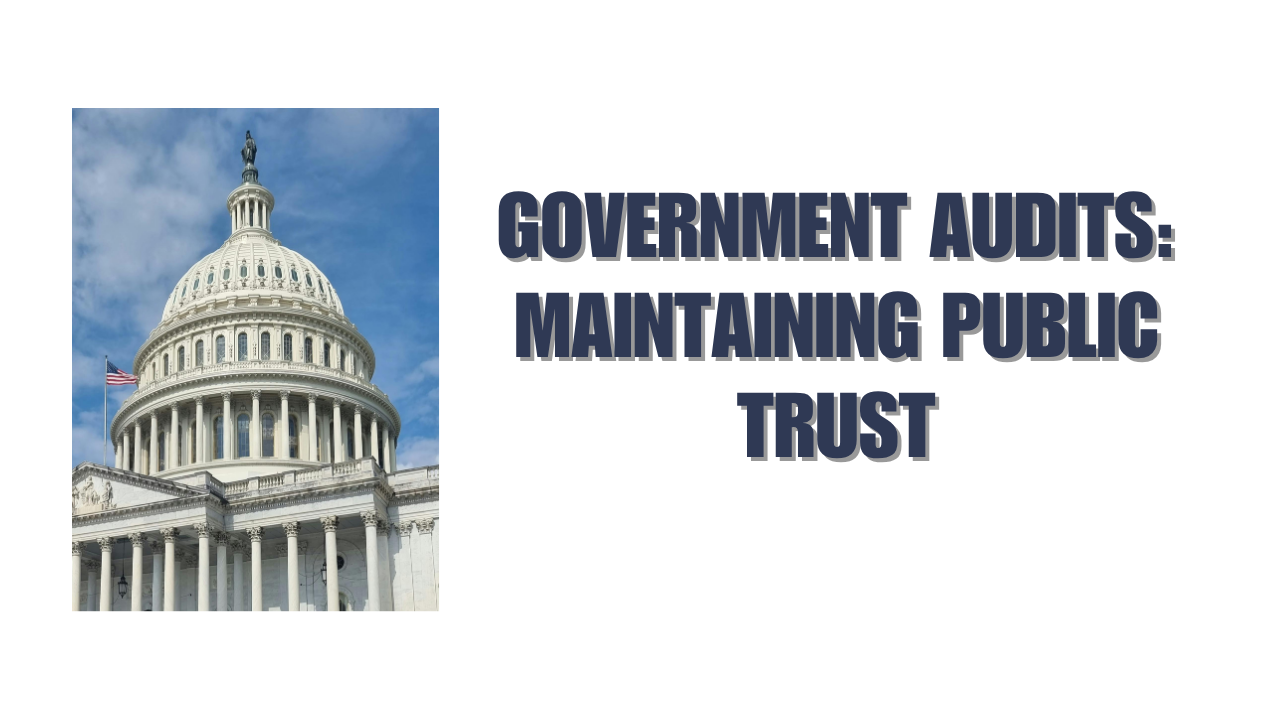Business strategy consulting services continue to grow rapidly. The consulting market will reach US$1.06 trillion in 2025 and US$1.32 trillion by 2029. Large established firms lead the pack with their global presence and time-tested processes. Meanwhile, newer boutique firms have found their sweet spot by focusing on specialized expertise.
The industry booms, yet many CEOs don’t really understand what they’re buying when they work with business strategy consulting companies. The digital world has changed fundamentally. Digital transformation now expands at 28.5% CAGR as businesses rush to adopt AI, automation, and cloud technologies. Today’s business strategy consultant looks very different from their counterpart of five years ago.
Sustainability has evolved from a side consideration into a core part of corporate strategy. Clients now just need more than recommendations – they want help with implementation. Business leaders should understand the hidden truths about strategy consulting before it becomes too late.
The real role of business strategy consultants
Modern businesses thrive on partnerships between organizations and outside experts. Business leaders need to know what these professionals can and cannot do. This knowledge can mean the difference between a game-changing partnership and a costly letdown.
What is a business strategy consultant?
Business strategy consultants are skilled professionals who help organizations reach their goals through careful planning and execution. They work closely with clients to understand their unique business challenges and create custom solutions that boost growth and optimize operations. These experts do more than just give advice – they architect organizational change.
Strategy consultants have several key duties. They research markets, spot business opportunities and threats, create strategic plans, and suggest ways to improve business models. They also set up systems to measure performance and present practical recommendations to stakeholders. Their work helps businesses run smoother, make more money, and put new policies in place that match long-term goals.
Most consultants focus on specific areas rather than trying to master everything. They might specialize in marketing, cost-cutting, or restructuring organizations. But their main goal stays the same: they figure out which strategic moves line up with what companies want to achieve and what they can handle right now.
These professionals earn good money for their expertise. Business strategy consultants make a median annual salary of approximately NZD 167,320 as of July 2024. Top performers in the field can earn up to NZD 254,135.
How their work is different from traditional advisors
People often use “consultant” and “advisor” as if they mean the same thing. But these roles have some key differences in how long they work, their approach, and their relationship with clients.
Consultants usually work on shorter projects with specific goals. Advisors build longer relationships focused on strategy. One industry executive put it this way: “Consultants are brought in to solve a short-term problem within a defined project scope… Advisors, however, are brought in to help companies look to the future”.
The way consultants and advisors solve problems is also quite different. Consultants tackle current challenges using what they’ve learned from similar clients. They compare performance against market standards and suggest changes to stay competitive. Advisors take a more forward-looking approach. They help leaders prepare for what might happen through planning and risk assessment.
Consultants mainly look at outside factors like market forces, what competitors do, and industry trends. They bring valuable insights from working with many different clients. Advisors focus more on what’s happening inside organizations and their strengths and weaknesses.
McKinsey, Boston Consulting Group (BCG), and Bain & Company – known together as “MBB” – stand at the top of consulting firms. These companies are the most competitive and respected strategy consulting organizations worldwide.
Why CEOs often misunderstand their function
Many executives think consultants only work with CEOs. The reality shows consulting teams work with people at all levels of an organization. One industry expert points out, “It would be extremely difficult for management consultants to complete a project successfully for a client by working solely with the CEO”.
CEOs sometimes think consultants are just for big companies or businesses in trouble. Research shows smaller companies can also benefit from consulting services. These firms get custom solutions that fit their size and needs.
Some people think consultants just verify what clients already know. While clients usually have ideas about their challenges, consultants use data to test these theories. This process often proves some ideas right while disproving others and reveals new insights.
Some executives worry consultants will take over their operations. In truth, consultants partner with management teams in an advisory role. The company’s leaders always keep the final say in decisions.
The dominance and limits of top consulting firms
The business strategy consulting world has three giants known as the “MBB” firms – McKinsey & Company, Boston Consulting Group (BCG), and Bain & Company. These firms shape the scene, but their dominance brings challenges that CEOs rarely hear about before signing big contracts.
Inside the MBB firms: McKinsey, BCG, Bain
These titans maintain a subtle yet important hierarchy. McKinsey guides the pack with approximately 38,000 consultants, BCG follows with 30,000, and Bain operates with 13,000. Their size differences don’t affect their pricing – they all charge about NZD 852,810 for a 6-person team monthly.
How firm size impacts service delivery
Size shapes consulting methods and client experience. The Big Three use a one-project staffing model where consultants focus on single projects. This approach helps manage resources but creates different project outcomes.
McKinsey’s global reach lets them share more success stories when pitching to clients. BCG excels with its Digital Ventures practice, while Bain leads in private equity consulting.
These firms accept less than 1% of applicants. McKinsey gets over a million applications yearly and hires about 6,000 people (0.6% of applicants). This selectivity adds to their value but creates high turnover.
The hidden trade-offs of working with big names
The reality behind the prestige is complex. MBB consultants work 12-15 hour days, and even new analysts face demanding schedules. This pace often leads to burnout and disrupts project continuity.
These firms face criticism for their influence on private and public sectors. Economist Mariana Mazzucato shows how consulting firms can hurt democratic practices by extracting public wealth. Governments sometimes hire consultants to “hedge” political risk from unpopular economic decisions.
The dependency cycle costs more than just money. A critic points out that “Without transparency and democratic permission, they erode the capabilities of states and enterprises”. The world spent about NZD 144.98 billion yearly on management consultants before Covid – raising questions about value.
MBB firms offer unique expertise and networking opportunities, but their dominance brings challenges that CEOs should weigh against potential benefits.
Compensation, cost, and value: What CEOs don’t see
The glossy presentations and prestigious business cards hide a financial world that’s sort of hard to get one’s arms around for CEOs before they sign with business strategy consulting companies.
Why top-tier consultants charge a premium
Elite consultants’ compensation structure tells us a lot about their pricing models. MBB firms pay their entry-level analysts NZD 144,000-157,000 annually. Partners take home over NZD 681,000, plus hefty performance bonuses. Client billing must cover these huge staff costs.
So clients pay NZD 15,000-20,000 for each consultant every week at premium firms. A standard six-person team costs around NZD 852,810 for a month’s work. Specialists charge even more – especially when you have digital transformation experts who bill 30% above traditional strategy consultants.
The high fees aren’t just about expertise. Premium firms put lots of money into their own methods, research tools, and global knowledge networks that smaller rivals can’t match. The “insurance value” of a prominent name also helps protect executives from board criticism if projects don’t work out.
How pricing models can mislead clients
Time-and-materials billing is still the norm, but many firms now have other options that often hide the real costs. Fixed-fee projects usually come with scope limits and change orders that push final costs way beyond the original estimates.
Value-based pricing looks good at first – consultants get a cut of the improvements they help create. In spite of that, these deals usually include guaranteed minimum payments whatever the outcome, plus complex measuring systems that work in the consulting firm’s favor.
Performance-based contracts can trick you too. They seem to match everyone’s interests, but consultants pick measurements they know they can influence. They stay away from real business effect measurements that involve multiple factors.
The ROI myth: When strategy doesn’t deliver
The pitch decks show impressive case studies, but research shows 70% of change initiatives fail to hit their targets. Consulting-led changes often struggle once consultants leave, as corporate memory and momentum fade away.
The biggest problem is measuring consulting ROI. Unlike tech investments with clear before-and-after numbers, strategy projects mix multiple factors and take a long time to implement. It also happens that consultants take credit for good results but blame failures on implementation or market issues.
A Harvard study found something interesting – companies often hire consultants again even with mixed results. This happens because consulting relationships become part of corporate culture and decision-making, creating dependency cycles that continue whatever the measurable outcomes are.
Technology’s quiet takeover of strategy consulting
Technology has quietly reshaped how business strategy consulting services work in the last decade. PowerPoint presentations and Excel spreadsheets are no longer a consultant’s main tools. Today’s consultants use artificial intelligence, data analytics platforms, and digital products that fundamentally change their value to clients.
AI and data analytics in modern consulting
The data revolution has touched every part of strategy consulting. Modern consultants use AI-powered tools to analyze huge datasets that would have taken weeks to process manually just a few years ago. McKinsey has invested over $1 billion in data and analytics capabilities to stay competitive. BCG’s AI team has grown to include more than 300 data scientists and AI specialists who support client work across industries.
Analytical insights are now the foundations of strategic recommendations. Consultants use predictive modeling to forecast market trends more accurately than ever before. Clients now look for concrete, measurable outcomes instead of theoretical frameworks.
How digital tools are reshaping client engagements
Digital platforms have deeply changed how clients and consultants work together. Remote collaboration tools help consultants work naturally with global teams. They create virtual war rooms where strategy development happens in real-time. The traditional model of on-site consultants has changed to hybrid engagements that mix in-person sessions with digital collaboration.
Technology has also made project timelines much shorter. Teams can now complete in weeks or even days what once took months. Clients expect faster results and more frequent deliverables. This puts new pressure on consulting teams to show continuous progress.
The rise of productized consulting services
The most disruptive change is productized consulting – firms now package their expertise into flexible digital products instead of customized engagements. McKinsey Solutions, BCG Gamma, and Bain Vector illustrate this trend. They offer subscription-based access to proprietary tools that clients can use on their own.
This model creates steady revenue for consulting firms. Clients get ongoing access to expertise at a fraction of traditional project costs. Productized services represent a small but faster growing segment of the consulting market. They challenge the billable-hour model that has shaped the industry for decades.
The role of business strategy consultants continues to change – from advisor to technology enabler, from problem-solver to capability-builder.
Exit opportunities and internal churn: A hidden risk
Consulting firms struggle with a challenge that most CEOs don’t understand when they hire business strategy consulting services. The employee turnover rates are staggering. European consulting companies saw an average turnover of 13.25% in 2020-2021. Recent surveys show that 36% of consulting professionals want to switch jobs next year.
High turnover and its effect on project continuity
Consultant churn creates immediate problems with project continuity. Every time someone leaves, the company loses valuable knowledge and project insights. This leads to delayed timelines, higher costs, and lower quality work. The problem hits hardest during project execution, where 58% of turnover events happen. This means clients get inconsistent service right when implementation is vital.
Why your lead consultant may not stay long
The consulting world runs on a simple rule – consultants must either move up or leave. Beyond this pressure, consultants leave because they’re unhappy with management, feel undervalued, receive poor pay, and can’t balance their work and life. Burnout stands out as the biggest issue, with half the consultants saying it’s their main reason to quit. The demanding nature of consulting creates the perfect environment for short-term employment.
The revolving door of talent in consulting firms
Ernst & Young lost over 2,700 employees in 2021-2022 – more than a third of their staff. These numbers are higher than their competitors and industry averages. This revolving door exists throughout the industry. McKinsey and other top firms actively push people out through mid-year reviews and offer money to those who resign.
This problem goes beyond internal issues. Client relationships break down when trusted consultants leave mid-project. Companies need to fix these mechanisms through better work-life balance, real recognition, and clear career paths. Without these changes, this hidden risk will keep hurting the value that business strategy consulting companies offer.
Conclusion
Business strategy consulting has evolved faster than most CEOs realize when they sign expensive contracts. Consultants bring specialized expertise and cross-industry knowledge, but their value often doesn’t match expectations. Smart executives need to look at these relationships more carefully and keep their expectations real.
Technology has revolutionized the consulting world. Traditional methods have given way to AI-powered analytics, digital collaboration tools, and productized services. These changes bring new possibilities and challenges for clients who need strategic guidance. The industry’s burnout culture and high turnover create hidden risks that hurt project continuity and knowledge retention.
CEOs should take some important steps before they bring in business strategy consultants. They need clear success metrics, a full understanding of costs beyond the original quotes, and solid plans for when consultants leave. Strategy consulting can provide value – but only when leaders start these relationships with a clear view of the benefits and limitations. The question “what is a business strategy consultant” needs careful thought, as today’s answer is nowhere near what it was five years ago.
Key Takeaways
Understanding the reality behind business strategy consulting can save CEOs from costly mistakes and unrealistic expectations in an industry worth over $1 trillion.
- 70% of consulting-led change initiatives fail to achieve objectives, yet firms continue charging premium rates of $15,000-20,000 per consultant weekly with complex pricing models that often mislead clients.
- High consultant turnover (36% plan to leave within a year) disrupts project continuity, with critical knowledge walking out the door mid-engagement, especially during crucial implementation phases.
- Technology has fundamentally transformed consulting from PowerPoint presentations to AI-powered analytics, creating productized services that challenge traditional billable-hour models and accelerate project timelines.
- Smart CEOs must define clear success metrics upfront and plan for consultant departures to avoid the common trap of paying premium prices for theoretical frameworks without implementation support.
The consulting landscape has evolved dramatically – what worked five years ago may not deliver value today. Success requires treating these engagements as strategic partnerships with realistic expectations rather than magic solutions to complex business challenges.
FAQs
Q1. What is the true role of a business strategy consultant?
Business strategy consultants are specialized professionals who help organizations achieve their goals through strategic planning and implementation. They conduct market research, identify opportunities and threats, develop strategic plans, and provide actionable recommendations to drive growth and efficiency.
Q2. What are the hidden costs associated with hiring strategy consultants?
Beyond the high hourly rates, hidden costs can include scope creep in fixed-fee projects, minimum guaranteed payments in value-based pricing models, and the difficulty in measuring true ROI due to long implementation timelines and multiple variables affecting outcomes.
Q3. How has technology changed the landscape of strategy consulting?
Technology has transformed consulting through AI-powered analytics, digital collaboration tools, and productized services. This has led to faster project timelines, data-driven insights, and new delivery models that challenge traditional billable-hour approaches.
Q4. What risks should CEOs be aware of when engaging strategy consultants?
Key risks include high consultant turnover affecting project continuity, the potential for creating dependency cycles, and the fact that 70% of consulting-led change initiatives fail to achieve their objectives. CEOs should also be cautious of complex pricing models that may not align with measurable outcomes.






